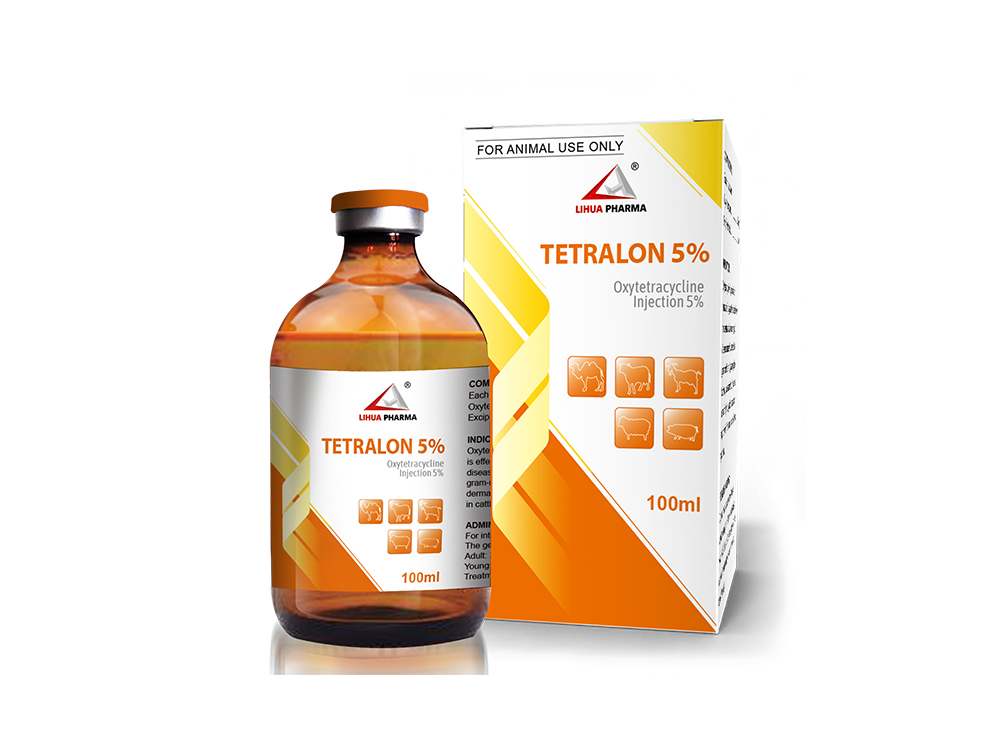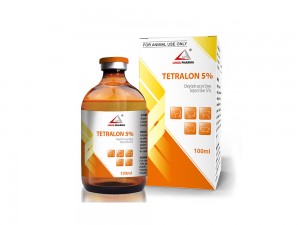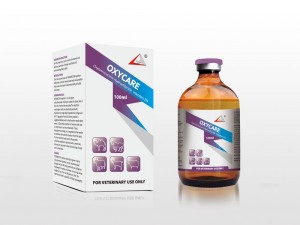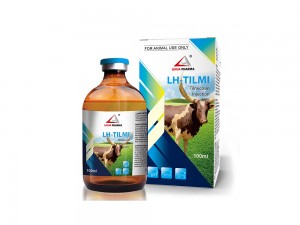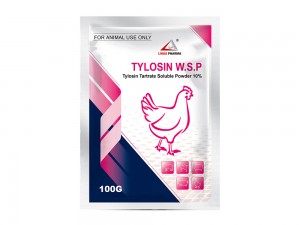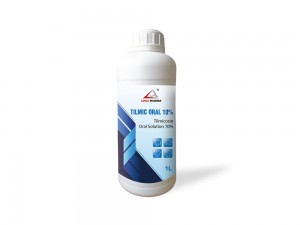Oxytetracycline Injection 5%
Oxytetracycline belongs to the group of tetracyclines and acts bacteriostatic against many Gram-positive and Gram-negative bacteria like Bordetella, Campylobacter, Chlamydia, E. coli, Haemophilus, Mycoplasma, Pasteurella, Rickettsia, Salmonella, Staphylococcus and Streptococcus spp. The action of oxytetracycline is based on inhibition of bacterial protein synthesis. Oxytetracycline is mainly excreted in urine, for a small part in bile and in lactating animals in milk.
Indications
Arthritis, gastrointestinal and respiratory infections caused by oxytetracycline sensitive micro-organisms, like Bordetella, Campylobacter, Chlamydia, E. coli, Haemophilus, Mycoplasma, Pasteurella, Rickettsia, Salmonella, Staphylococcus and Streptococcus spp. in cattle, calves, goats, sheep and swine.
administration and dosage:
For intramuscular or subcutaneous administration:
Full-grown animals : 1 ml per 5 - 10 kg body weight, for 3 - 5 days.
Young animals : 2 ml per 5 - 10 kg body weight, for 3 - 5 days.
Do not administer more than 10 ml in swine and more than 5 ml in calves, goats and sheep per injection site.
contraindications
Hypersensitivity to tetracyclines.
Administration to animals with a seriously impaired renal and/or hepatic function.
Concurrent administration of penicillins, cephalosporins, quinolones and cycloserine.
side effects
Hypersensitivity to tetracyclines.
Administration to animals with a seriously impaired renal and/or hepatic function.
Concurrent administration of penicillins, cephalosporins, quinolones and cycloserine.
withdrawal period
For meat: 12 days.
For milk: 5 days.
Storage
Store below 30℃. Protect from light.
For Veterinary Use Only
You may also be interested



